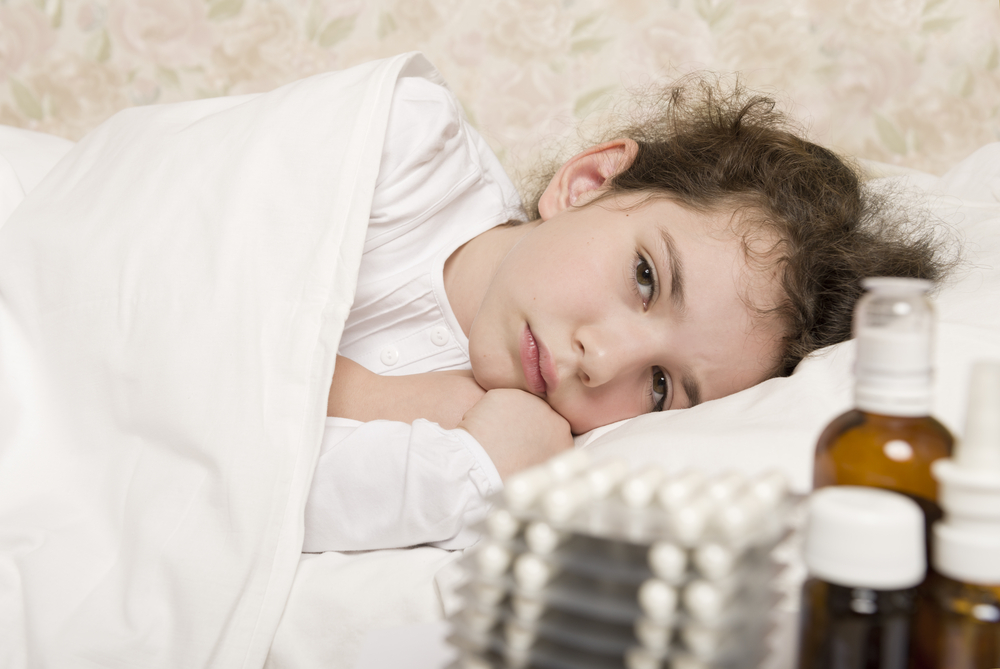 Recent results published in the Cancer journal titled “Breast cancer in female survivors of Wilms tumor: A report from the National Wilms Tumor late effects study”, show patients who receive chest radiation for the treatment of Wilms tumor, a type of childhood kidney cancer, have increased probabilities of developing breast cancer later in life.
Recent results published in the Cancer journal titled “Breast cancer in female survivors of Wilms tumor: A report from the National Wilms Tumor late effects study”, show patients who receive chest radiation for the treatment of Wilms tumor, a type of childhood kidney cancer, have increased probabilities of developing breast cancer later in life.
Even though previous studies had linked Hodgkin lymphoma survivors with chest radiation therapy and breast cancer, there was no evidence regarding breast cancer incidence in Wilms tumor survivors, a type of cancer that affects children ages 3-4.
Treatment for this malignancy is considered effective, with a success rate of 90%, and usually includes surgery and chemotherapy, although sometimes radiation therapy may be necessary.
Because this tumor can spread to the lungs, a low amount of radiation therapy, usually 12-14 Gray, is delivered to the chest, with common side effects including diarrhea and nausea. However, the recent results point to more serious consequences.
Dr. Norman Breslow and his team at the University of Washington and the Fred Hutchinson Cancer Research Center in Seattle, analyzed 2,492 women who received treatment for Wilms tumor sometime during their childhood and had reached at least 15 years of age. All patients were part of the National Wilms Tumor Study (NWTS) and were followed either after their 15th birthday or 5 years after they were diagnosed with Wilms tumor.
The results showed that more than 20% of all patients who developed breast cancer by the age of 40, had received chest radiation therapy, contrasting with the 0.3% of survivors who were diagnosed with breast cancer but did not receive radiation. Additionally, Wilms tumor survivors who received abdominal radiation but no chest radiation had a 4% risk of developing breast cancer later on in life.
[adrotate group=”3″]
“Current guidelines call for early screening for breast cancer among survivors of childhood cancer if they have received 20 or more Gray of radiation therapy to breast tissue. This would exclude a large majority of patients who had received whole chest radiation for Wilms tumor”, said Dr. Breslow in a Wiley news release.
Jennifer Dean, MD and Jeffrey Dome, MD, PhD of Children’s National Health System in Washington, DC, explained that children who survive Wilms tumors and are at high risk should have surveillance mammograms or breast MRI from the time they reach 25 years of age. However, currently less than half of these children follow the surveillance guidelines. “Because compliance with breast cancer surveillance is low in adult survivors of childhood cancer, barriers such as education of both survivors and providers should be addressed and mitigated,” they noted.

